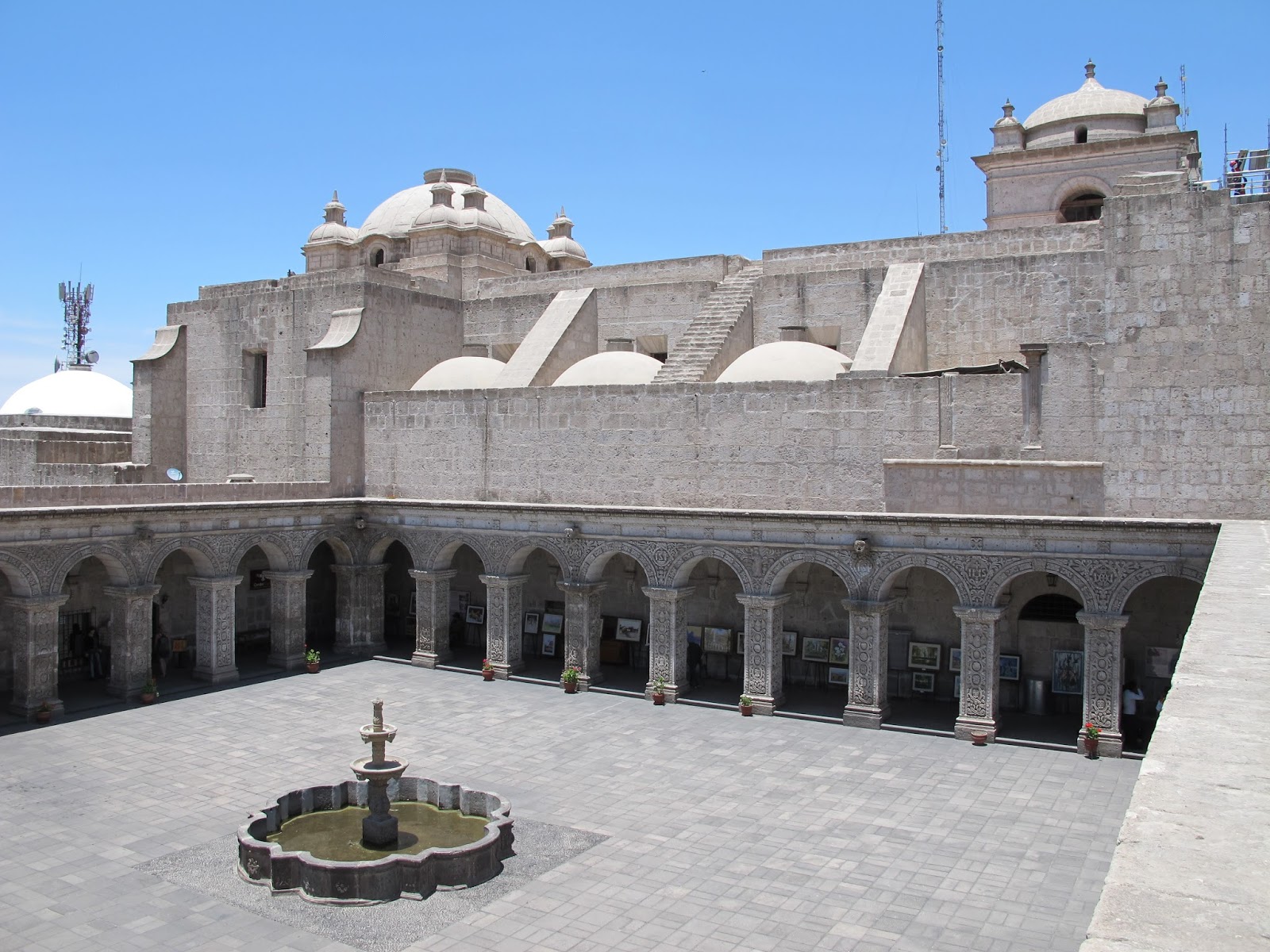 |
| Cloister of Compañía de Jesús, made of ashlar |
I stop the first taxi I find and ask him to go there. The driver’s name is César (tel +51 947 874 921) and he is very adventurous, great for exploring the quarries and driving along some crazy trails.
Añashuayco Quarry
We arrive at the information point, pay the entrance fee and find ourselves in the middle of a wide valley from where they extract the ashlar. On one wall they have made a relief of a man working the ashlar in the middle of some columns that give it a very solemn air. There is also the flag of Peru engraved on a wall.
Ashlar is a stone of volcanic origin from the Chachani. It seems that a large gas cloud with very small igneous fragments invaded the surface at the foot of the volcano at a very high speed, and as they slew down, these fragments coalesced due to the temperature, creating a layer of “ashlar”.
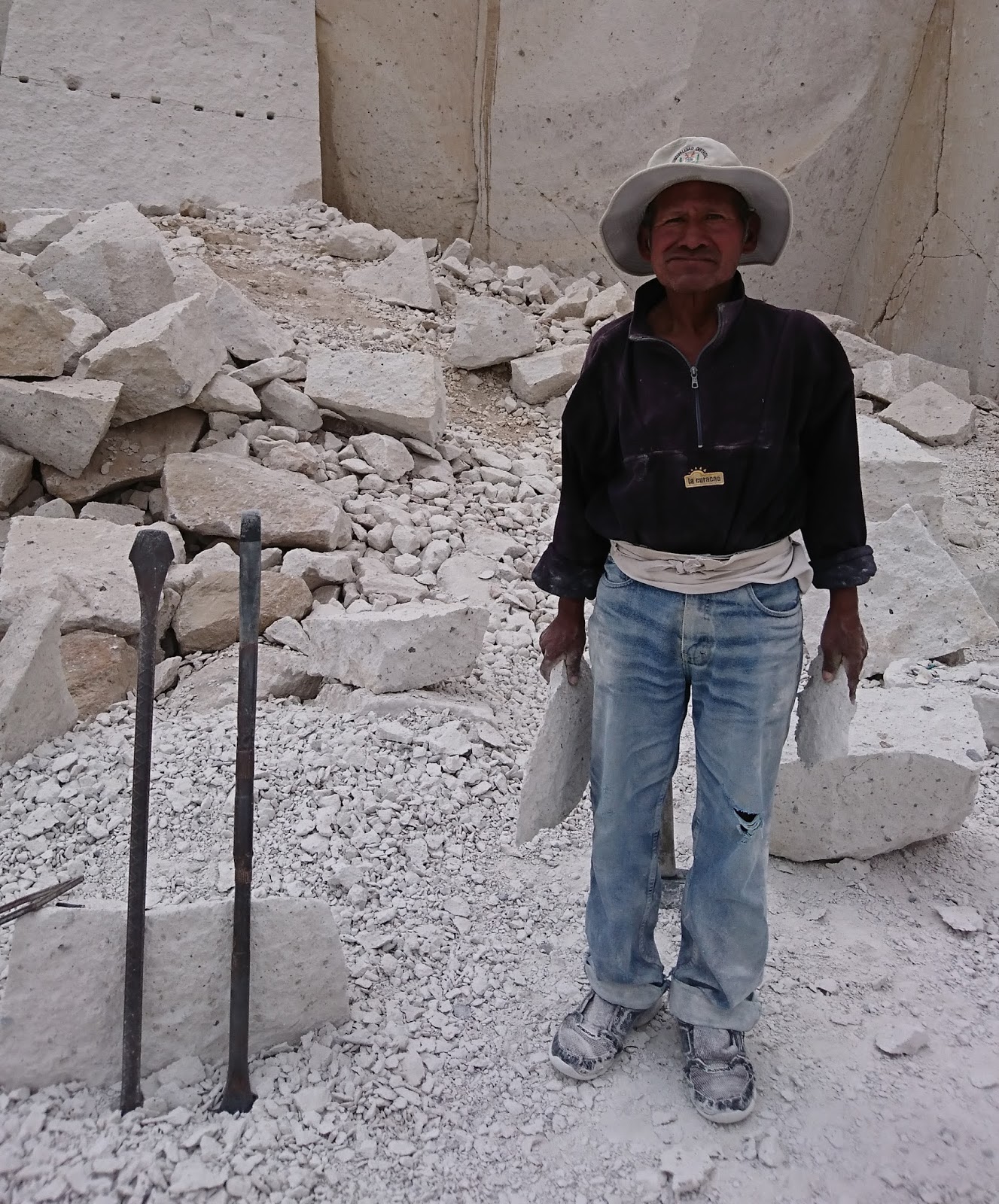 |
| Claudio in Añashuayco |
I speak with a worker who works with a hammer and a punch some blocks of “sillar”, carefully cutting and stacking them. His name is Claudio and since he was 10 years old he has worked in the quarry, 50 years ago.
He tells me that it is hard work. He chews coca leaves to be less hungry and because he says it protects his lungs as if coca were a filter. Although the work could be done with a machine, it is usual to cut the stone manually, being handmade.
Culebrillas quarry
We follow signs for half an hour until we reach Culebrillas (Google Mpas de Culebrillas): a spectacular “sillar” gap opens in front of us, with dusty roads and scattered groups of men working, protecting their bodies and faces from the dust and the sun with fabrics.
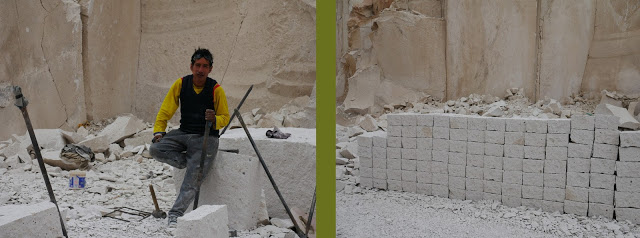 |
| Joel and pile of ashlar rocks finished and prepared for transport |
I speak with the brothers José and Daniel Castañeda, who tell me that they are from the north, from Chimbote, where they were fishermen. When they married some girls in the area, they began to work with their father-in-law in the quarry. He says they pay them about 5 soles (about 1.5 dollars) per stone and that they own about 1,200 soles a month, 370 dollars.
They explain to me that by the sound that the stone wall makes when they hits it, they can tell if it is going to fall or not, and they tear it down to cut the blocks to a set size that makes it easy for the workers to lift and work the stone.
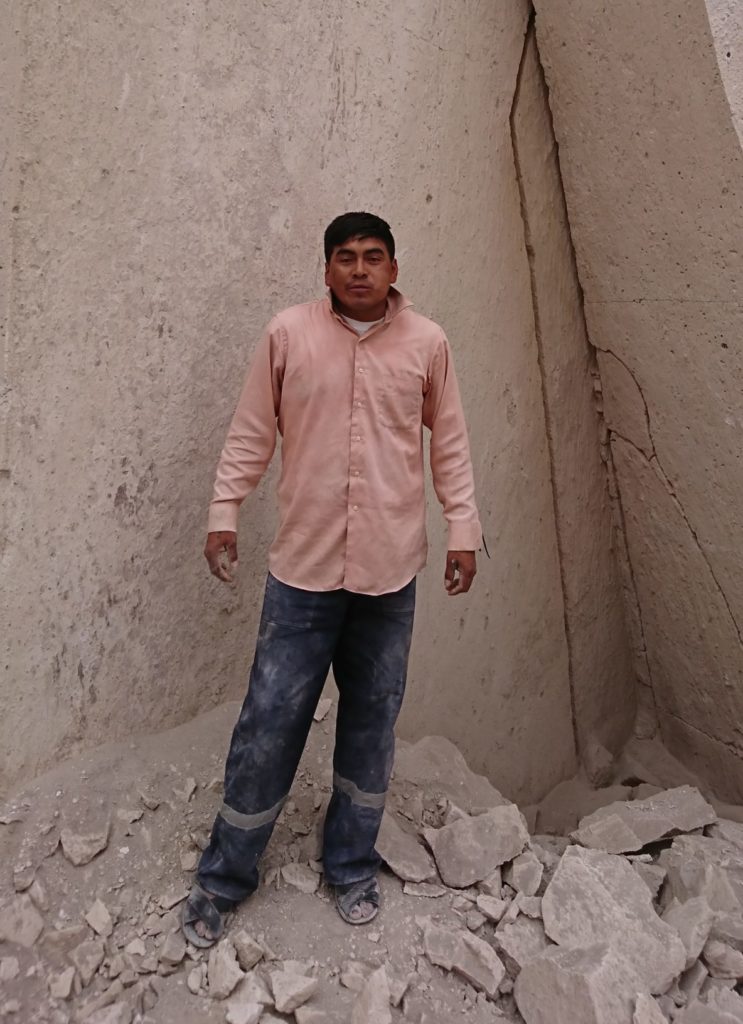
José Castañeda chewing coca
I go down the canyon seeing different groups of workers. Some indicate me an area where there are marks on the walls of the “antiguos” or the ancient, from 300 to 1400 AD, and some newer ones, with geometric shapes of animals (camelids, deer, birds), of the sun … For the ” ancient “this type of site was a” paqarina “, a sacred place of origin of humans and animals.
To end the day we return through Cortinada along a path full of rocks to Uchumayo and from here to Arequipa, with a fantastic landscape of desert and orchards along the Chili River, which could well be the same path that the “sillar stones made until they became part of the imposing houses, cathedrals, and monasteries of the city of Arequipa.
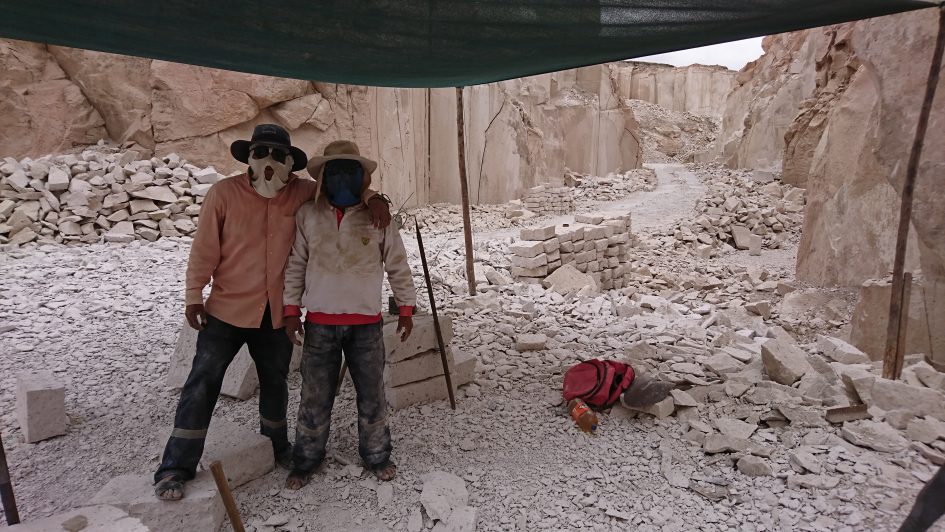
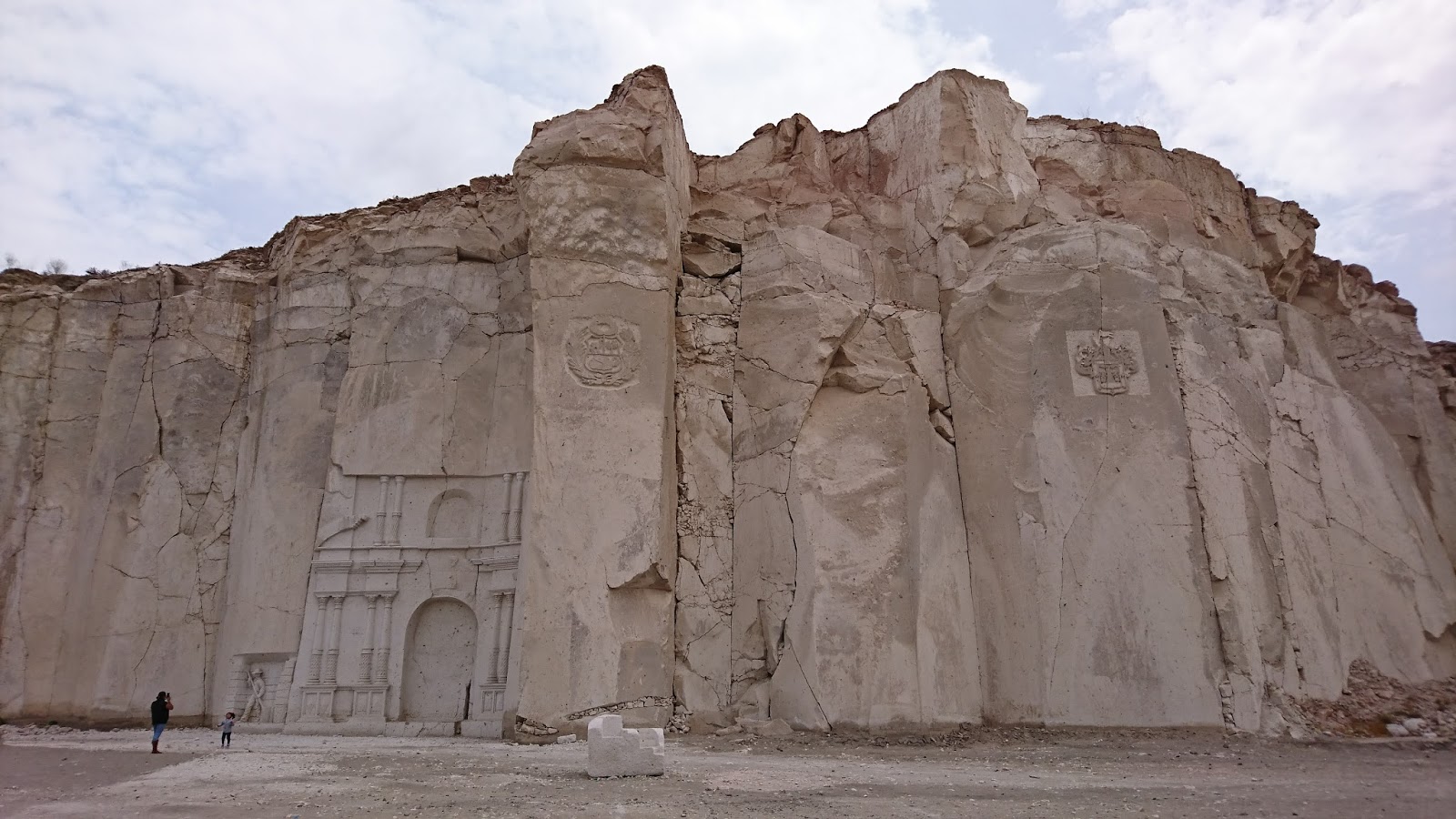
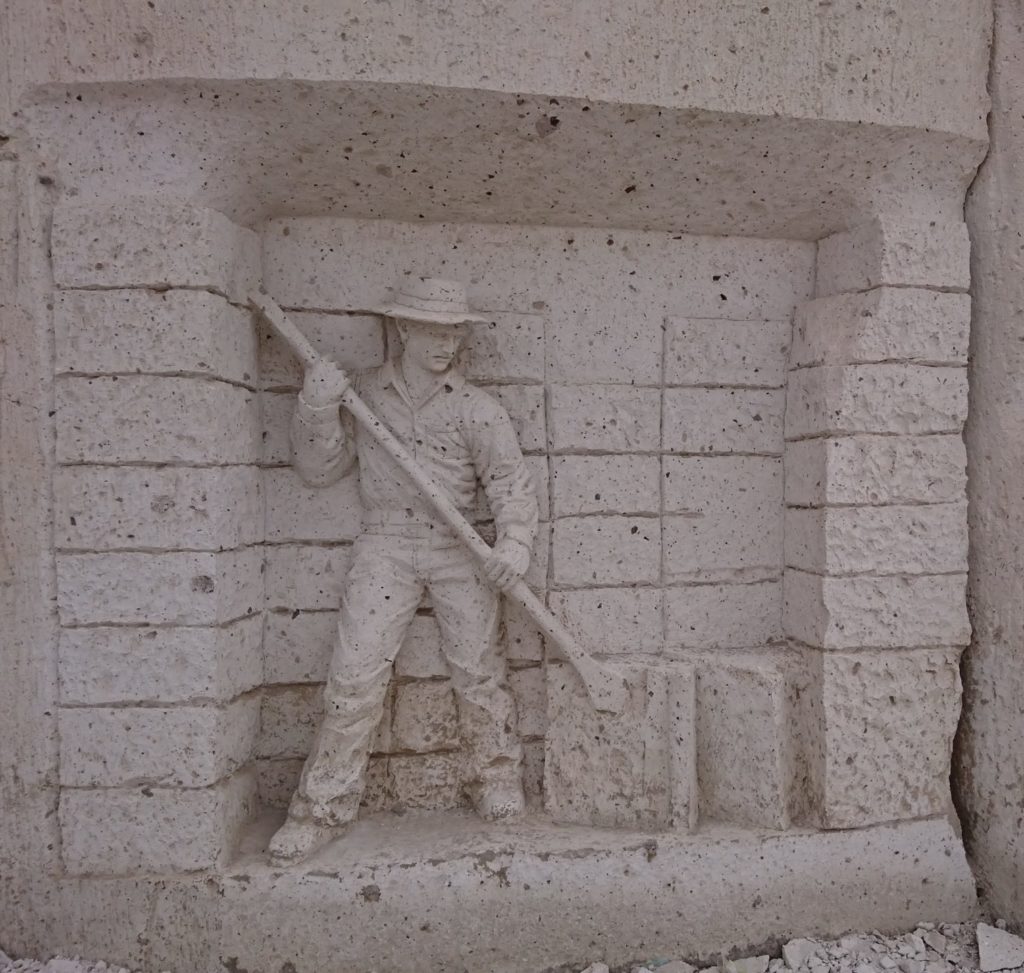
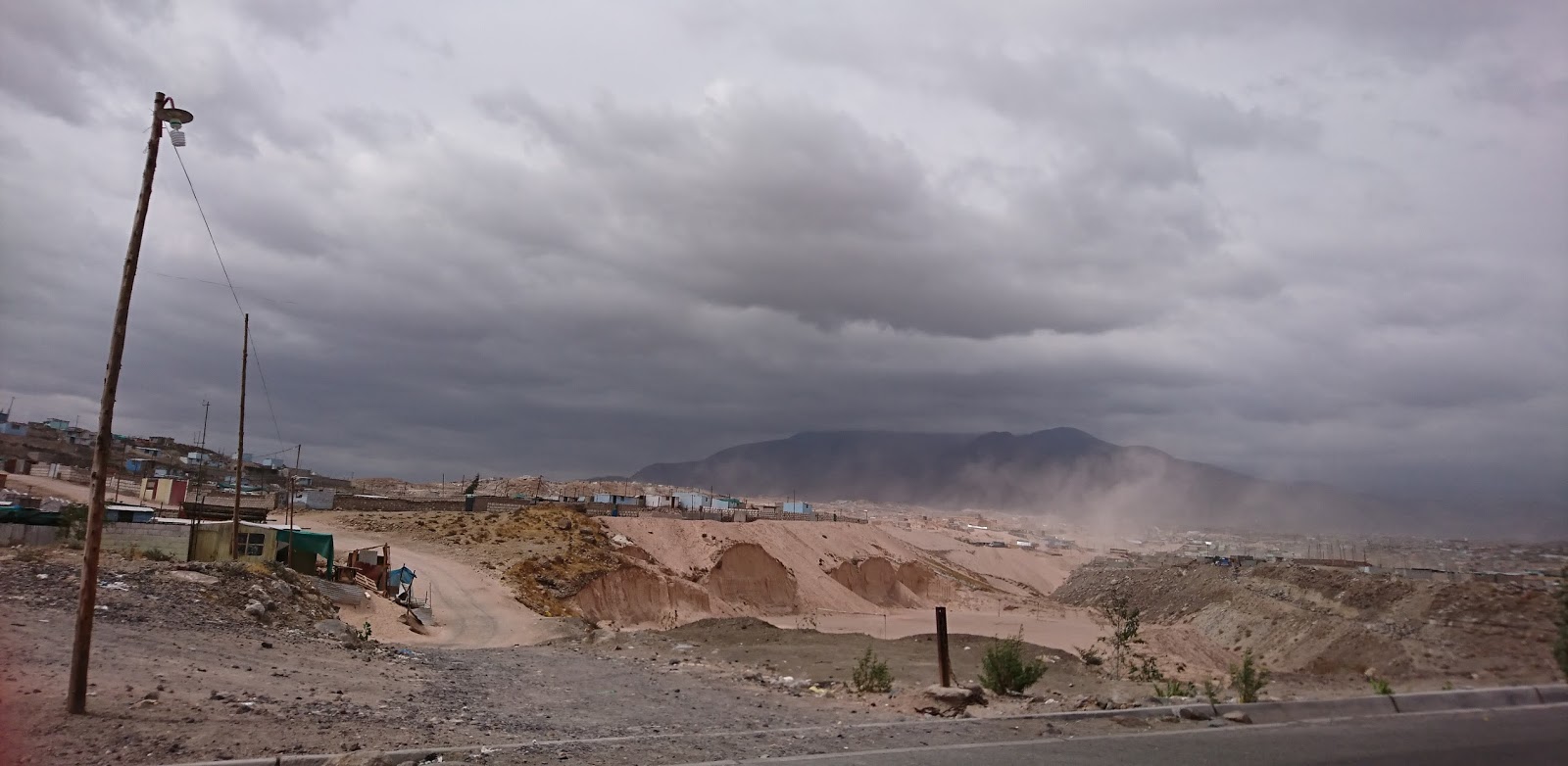
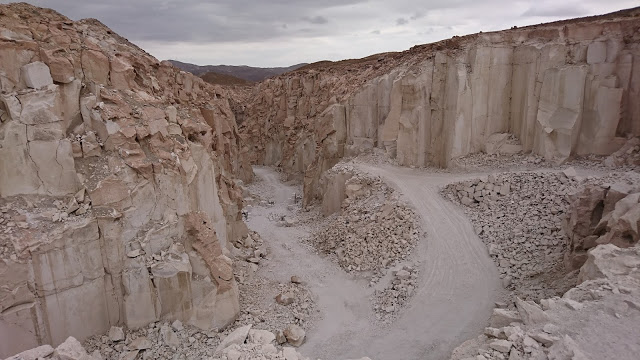
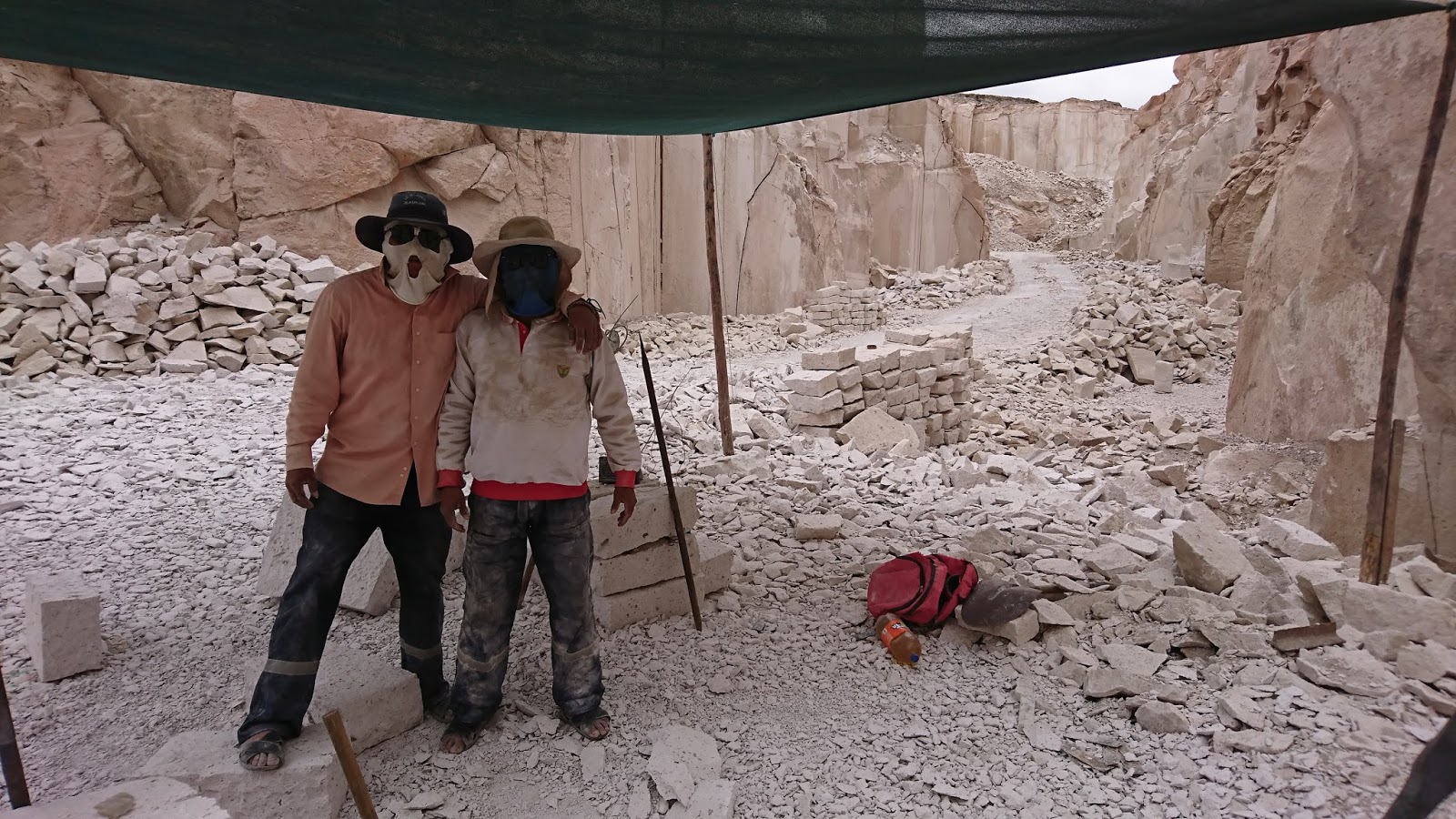
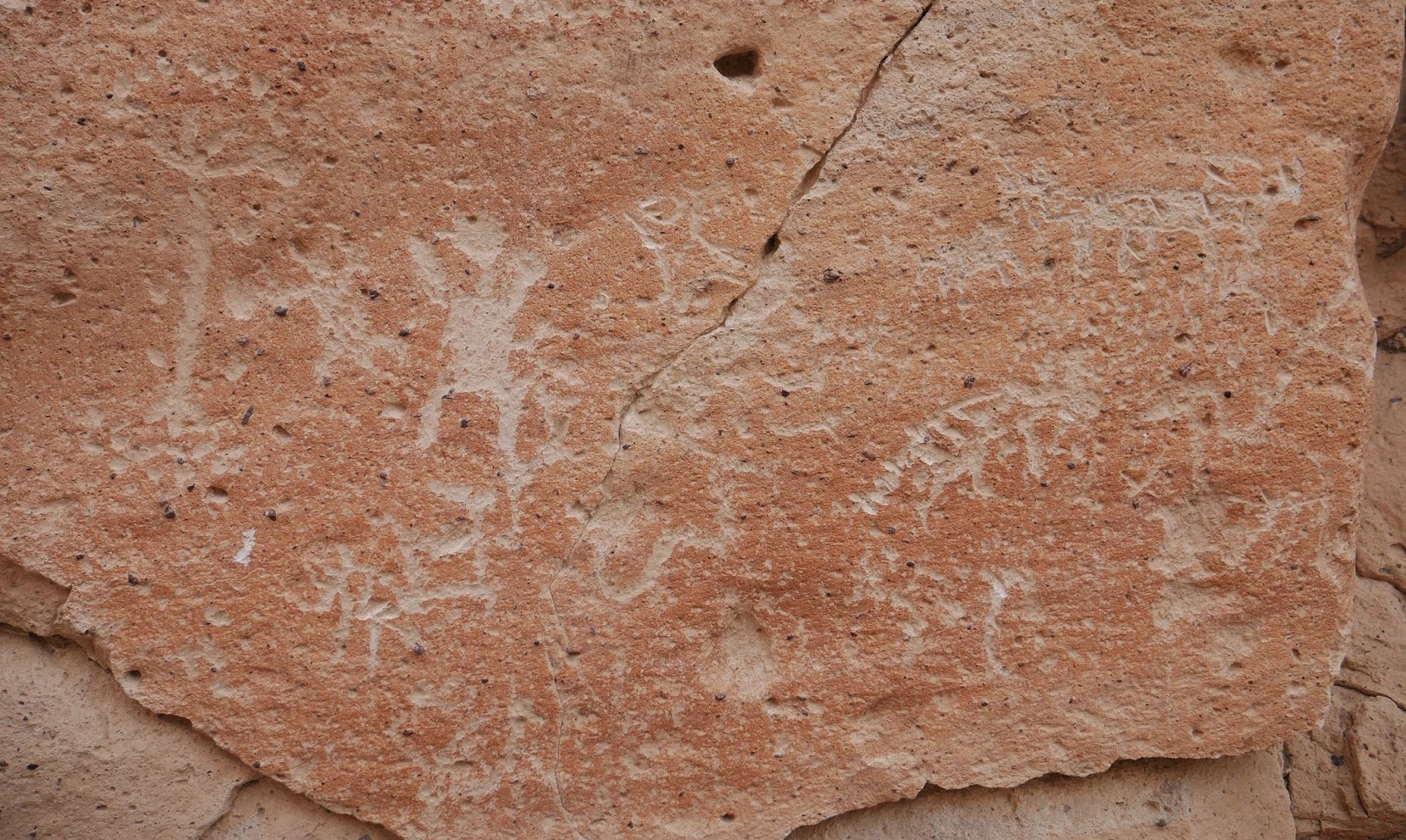
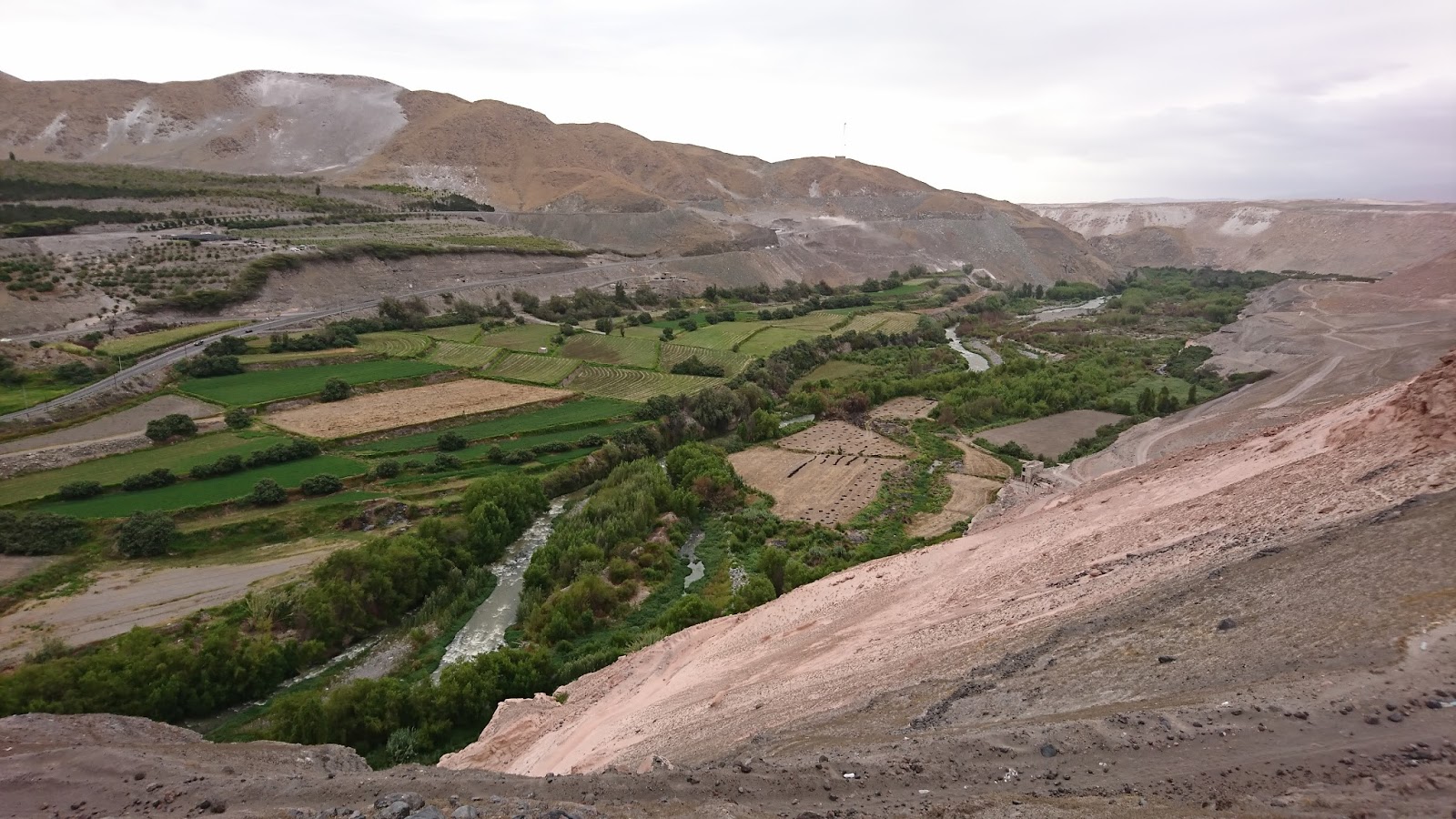

Leave a Reply